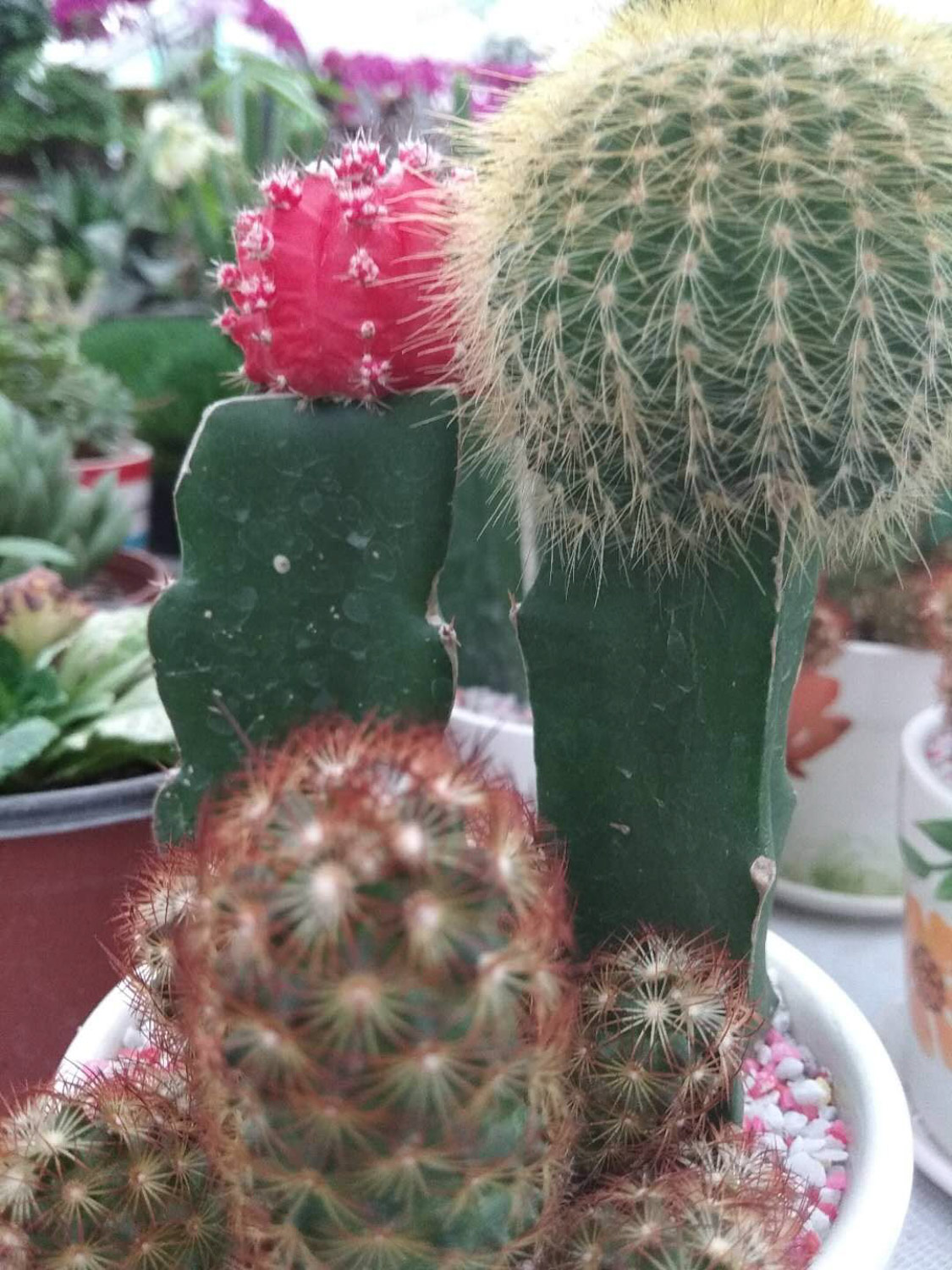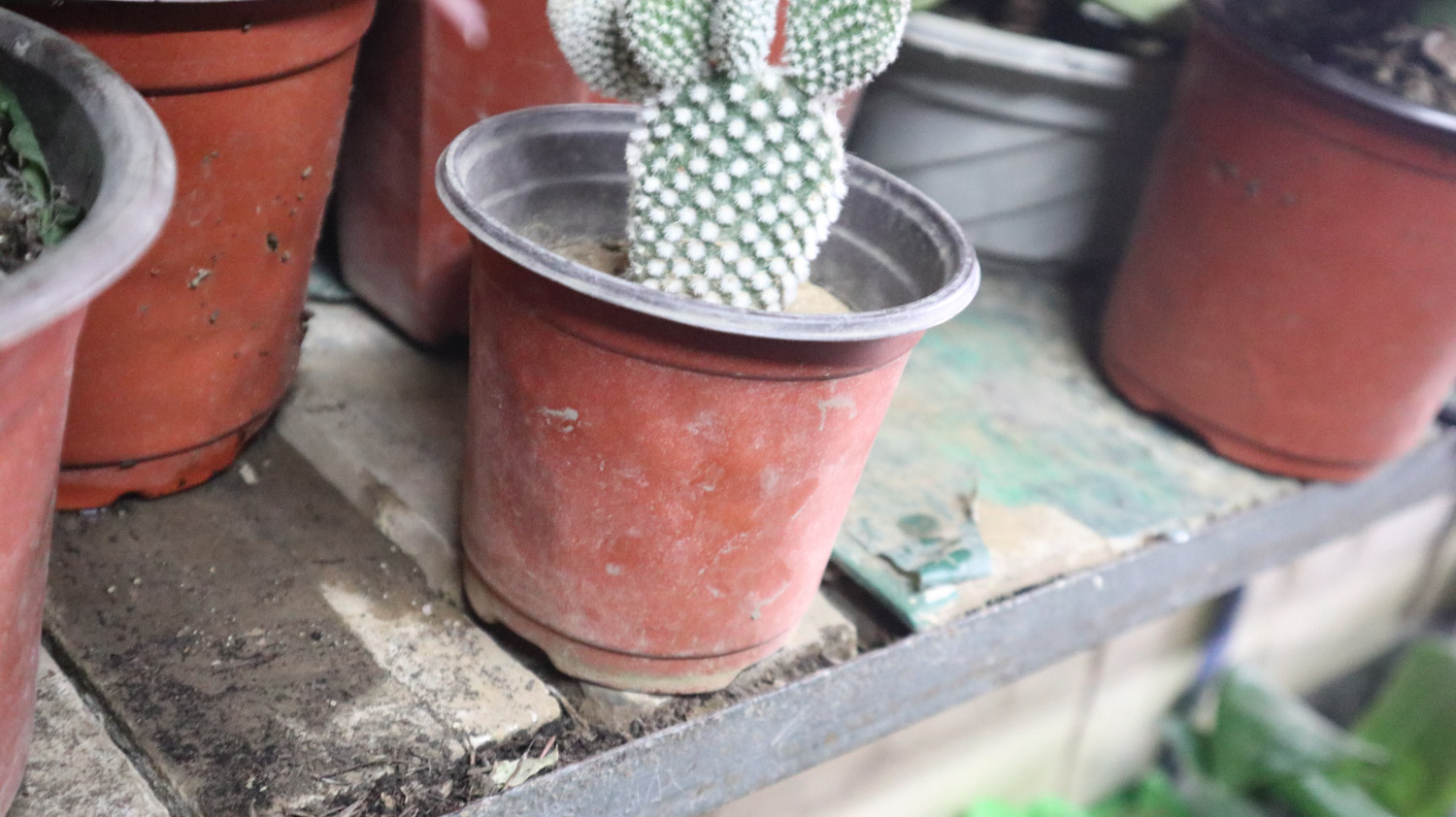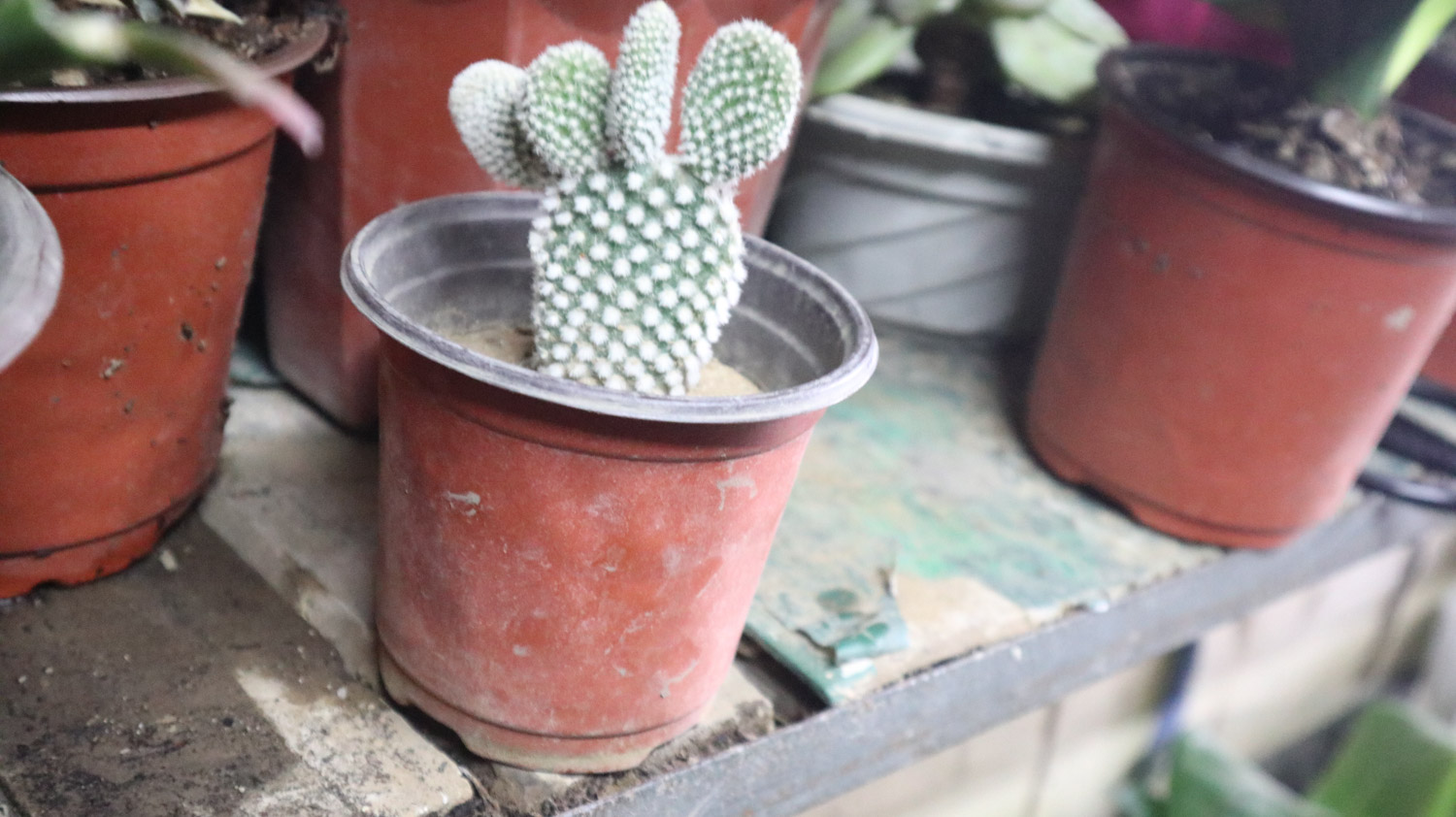1. Breeding environment
(1) Soil: the most important requirement is drainage and air permeability. Sandy loam or calcareous sand can be used. Do not choose too fertile soil, which is easy to hurt the root
(2) Watering: it needs the most water in summer. It's best to water it in the morning and evening. Don't water at noon. It's easy to burn the leaves. If it is cloudy and rainy, the amount of water should not be too large. With the decrease of temperature, the demand for water will slowly decline. The general principle is to dry thoroughly and pour thoroughly

(3) Fertilization: you can use rotten bean cake water, egg water, etc., which can be prepared by yourself. However, it should be noted that sufficient water should be added, and the concentration should not be too high. It is mainly used in spring and autumn, once every 20 days, and once every half a month if it grows fast. Pay attention to the time, preferably in the morning or evening
(4) Temperature: warm, preferably 20 to 30 degrees. It is not resistant to cold. The winter temperature should not be lower than five degrees. In addition, the temperature difference between day and night should not be too large
(5) Light: cactus plants are strong positive, and they need very strong light to grow well and bloom well. However, some small spherical varieties can be placed in semi shade, and their characteristics are somewhat different

2. Disease control
Most vulnerable to rot. First, cut off the infected part, and change the basin if it is serious. Next, strictly control water and improve ventilation


 how many times do yo...
how many times do yo... how many planted tre...
how many planted tre... how many pine trees ...
how many pine trees ... how many pecan trees...
how many pecan trees... how many plants comp...
how many plants comp... how many plants can ...
how many plants can ... how many plants and ...
how many plants and ... how many pepper plan...
how many pepper plan...



























